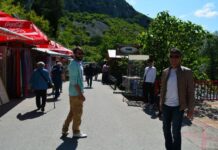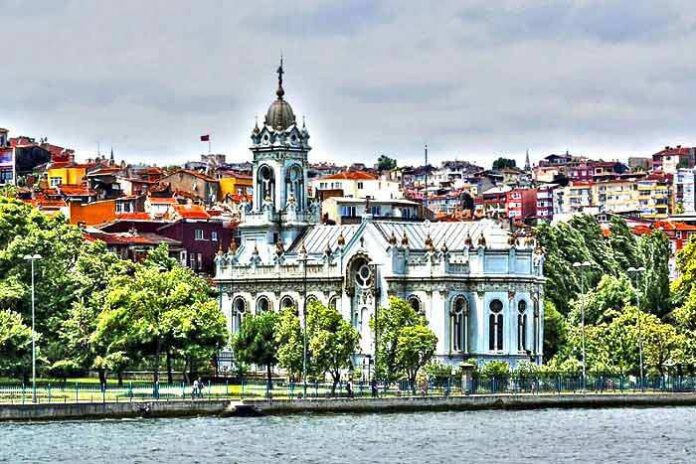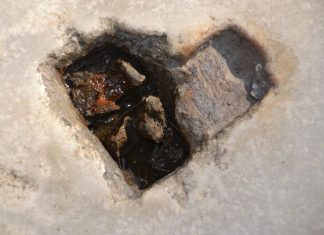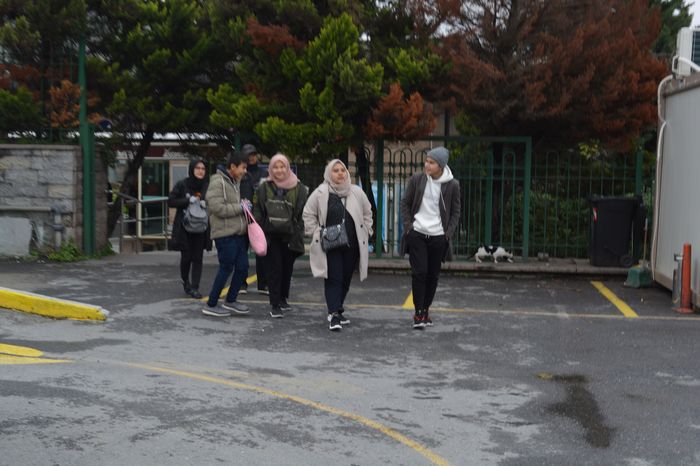The history of the Kerko Porta is a bit confusing due to a key issue. According to the historian Ducas, the Kerko Porta led to the peribolos, which is the open area between the Inner and Outer Theodosian walls. However, the entrance commonly associated with the Kerko Porta today, located near Tekfour Serai, leads to the parateichion. This is the area between the Outer Wall and the moat, not the peribolos. This discrepancy suggests there might be some confusion about which gate Ducas was actually referring to Latin Inscription and Its Meaning.
The Hidden Postern
One explanation for this discrepancy is that Ducas might have been describing a postern (a small hidden door) that was found by Dr. Paspates in 1864. This postern was located in the northern end of the peribolos, where the Inner Wall of Theodosius ends near Tekfour Serai. The postern was hidden for many years, covered by houses until they were destroyed by fire. The postern itself was about 10 feet high and 6 feet wide.
Although much of the wall around the postern has been replaced by newer construction, the shape of the ancient entrance can still be seen today. It is likely that this hidden postern was forgotten over time. In 1453, when the Ottoman Empire was besieging Constantinople, this forgotten gate became important. It was reopened and provided the defenders with a secret passage that they hoped would help them access the peribolos and the Outer Wall, where they planned to continue fighting.
Dr. Paspates’ Suggestion
Dr. Paspates suggested that this postern could be the one Ducas mentioned in his account. While the Kerko Porta was historically known as the entrance below Tekfour Serai, it’s possible that Ducas used the name to refer to the postern. The confusion between these two entrances was understandable because they were located near each other. Furthermore, the postern in the transverse wall didn’t have a specific name of its own, which made it easy for it to be confused with the more well-known Kerko Porta.
Different Theories About the Postern’s Role
Dr. Mordtmann suggested that the postern near the Kerko Porta was the same one that Giustiniani opened in the Inner Wall to help communicate with the peribolos. However, there is some debate about this. Critobulus, another historian, described this postern as being closer to the emperor’s location and Giustiniani’s position. On the other hand, the postern discovered in the transverse wall is located farther away from the key areas where the battle took place Sofia Day Tours.
In conclusion, the confusion between the Kerko Porta and the hidden postern can be attributed to the proximity of the two entrances. While the postern in the transverse wall was probably the one Ducas referred to, calling it the Kerko Porta may have been a mistake. Nevertheless, this was a small error, considering the circumstances, and it doesn’t change the fact that this secret entrance played a crucial role in the defense of Constantinople during the siege of 1453.







